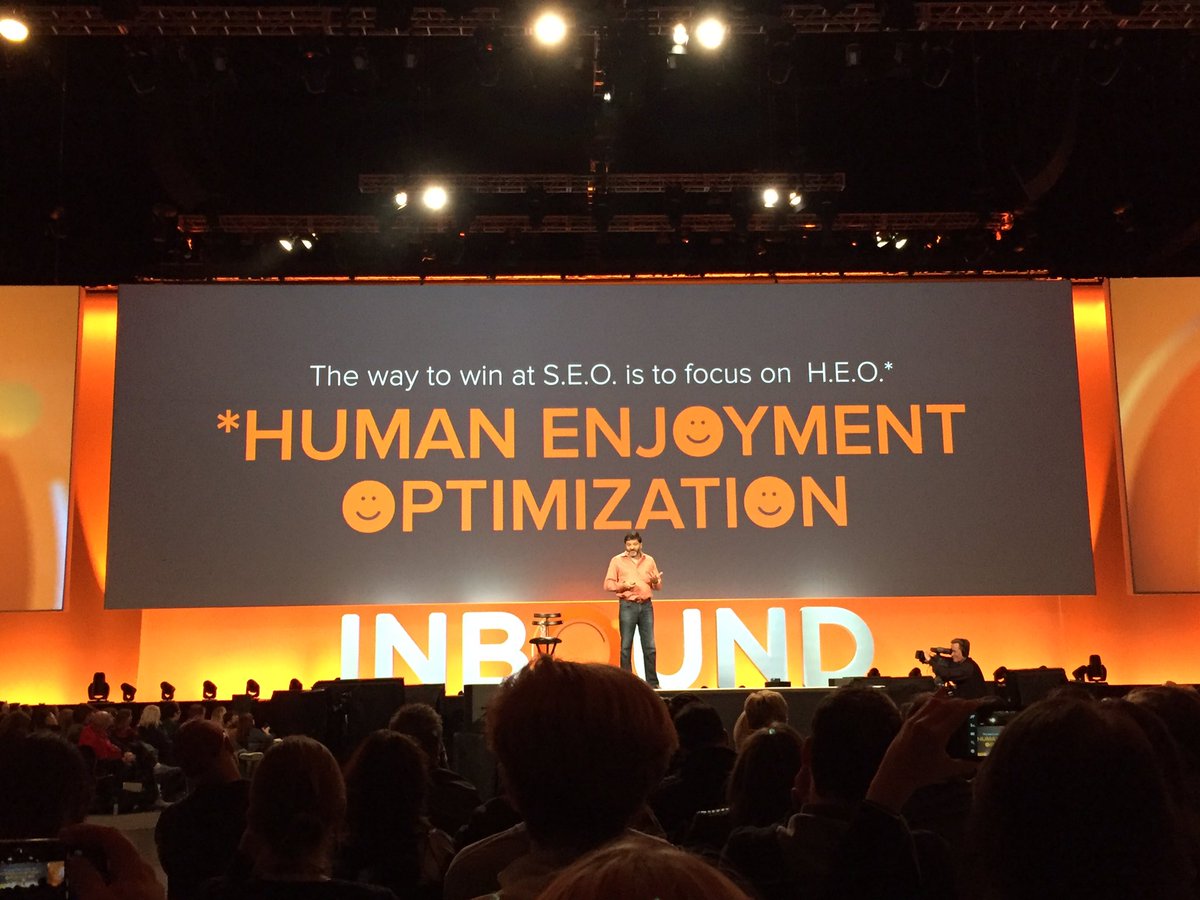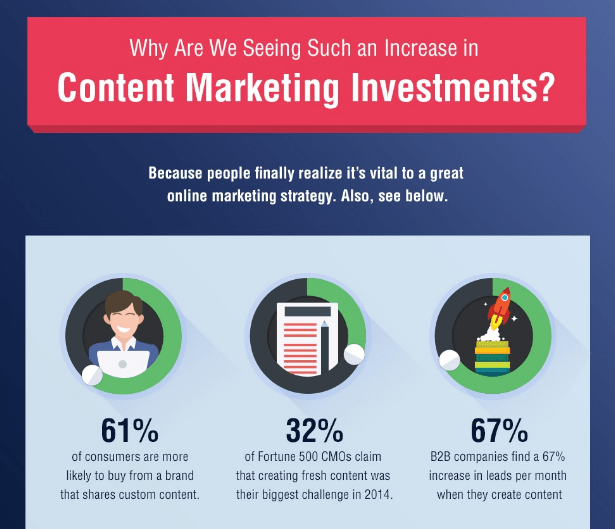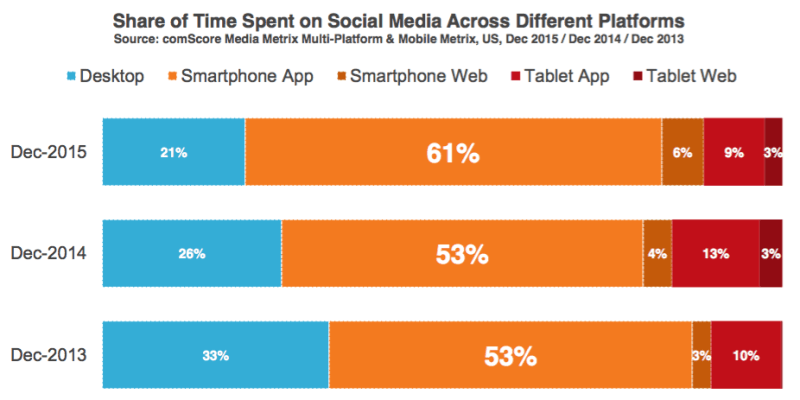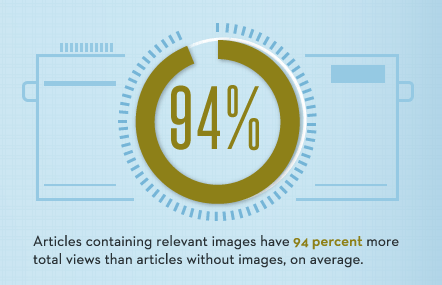By now I’m sure you are familiar with the term SEO (search engine optimization) and understand the importance of following best practices in order to improve your placement on search engine result pages (SERP). However, a less common term you might not be familiar with is HEO. So what is HEO? HEO, or human eye optimization, is actually just as important, if not more, and marketing experts don’t expect that to change anytime soon. Although it’s important to focus on both when creating content, should you focus on HEO or SEO first?
Human eye optimization is when marketers create high quality content that appeals to the human, rather than writing for the robots behind the search engines. I recently attended the Hubspot Inbound conference in Boston, where Dharmesh Shah, Hubspot’s CTO, spoke about HEO in his keynote. He put it perfectly, “The way to win at SEO is to focus on HEO.” He referred to HEO as, human enjoyment optimization, in which you “don’t solve for the search engines, but solve for the humans.” That’s not to say that you should eliminate using keywords and forget about optimizing your meta data. Instead, focus on creating high quality content that not only pleases the search engines, but also attracts, engages and retains your audience.

Dharmesh Shah, Hubspot’s CTO, at Keynote during Inbound 2016
So, you might be wondering why the sudden shift from SEO to HEO. Why is HEO becoming more powerful? What current factors are contributing to this trend, and where’s the proof? Let’s take a look at some content marketing statistics and some B2B and B2C behavior trends that have developed in recent years.
Looking at the Numbers
According to a Hubspot infographic about content marketing trends and budgets, “61% of consumers are more likely to buy from a brand that shares custom content” and “B2B companies find a 67% increase in leads per month when they create content.” Those are some pretty significant numbers, and they prove that buyers are positively influenced by brands that create relevant and high quality content.

Many businesses have already developed or working on creating a content marketing strategy or hiring an in-house content team. In fact, according to an article by the Content Marketing Institute, “73% of major organizations hire someone to manage their content marketing strategy.” This could be because, “Content marketing leaders experience 7.8 times more site traffic than non-leaders.” You don’t just become a content marketing leader overnight. You need to invest a lot of time and effort into your content marketing strategy to be successful.
Keywords vs. Relevant Content
It used to be that exact keywords were needed in order for search engines to consider your web page or content to be relevant to what a searcher was looking for. Today, it’s more important to focus on your readers rather. Find the answers to the questions people are searching for and provide them with original and valuable content that answers those questions in order to keep them engaged.
The goal has shifted towards finding a way to attract visitors to your website and retaining them, rather than producing content focused on specific keywords that is used primarily to generate clicks. Producing relevant content to a meet a particular audience’s needs goes well beyond using the right keywords. Search engines are becoming less interested in exact keyword matches so don’t feel the need to forcefully stuff your keywords every chance you get.
Fresh and Valuable Content
Ever since content marketing has made a name for itself, there has been plenty of great content, as well as not so great content. There are many people who create an abundance of low quality content, just to simply produce content. The problem is that is usually provides little to no real value. In fact, according to Kissmetrics, “poor quality content has a far more negative impact on a site causing it to drown in a sea of content that was created just for SEO purposes.”
You need to take the time to create a well thought out content marketing strategy. Think about what you are trying to achieve with the piece of content, who you are trying to reach, what value can you provide etc. If you are creating content just for the sake of creating content, then what’s it doing for you? The answer: probably nothing. Just because a piece of content has all of the right keywords and is SEO optimized, that doesn’t mean it’s effective. In fact, “Once you start producing great content and your users engage with it and boost rankings at the same time, you’ll understand why this is the far superior approach.”
Remember that humans and search engines are searching for content that is fresh, unique and valuable. They are looking for content that presents ideas and facts from a new or different angle, rather than an article that has been repurposed to say what has already been said 10,000 or so times.
Quality and Quantity
When it comes to producing content, both quality and quantity are important. While it can be difficult to create a piece of valuable content with very few words, it’s also important to avoid writing lengthy articles that don’t actually offer any valuable information. According to an article by Marketing Land, “Based on research by blog publishing platform Medium, the ideal length of a blog post takes visitors 7 minutes to read. That works out to be between 1,400 and 1,750 words, as the average person reads 200-250 words per minute. Medium found that after 7 minutes, readership started to drop off.”

Photo courtesy of Medium
That doesn’t mean that there isn’t a place for shorter pieces of content. As long as you can get your message across clearly and effectively in fewer words, there isn’t a reason to stuff it with “fluff.” Producing snackable content, or content that is short and sweet, can be used in a creative way to capture your audience’s short attention spans. Most forms of snackable content are visual and shared on social media networks. Some examples include infographics, snapchats, instagrams, short videos etc. It’s important to note that roughly “80 percent of all social media time is spent on mobile.”

Photo courtesy of comScore
Therefore, no matter the length or type of content you’re producing, you need to make sure it’s mobile optimized. Create authentic imagery to go with your content as Jeff Bullas states that “Articles containing relevent images have 94 percent more total views than articles without images, on average.”

Think HUman First
Before creating content, take a minute to think about your audience. Provide them with valuable and high quality content. You not only will begin to gain trust and authority, but also more apt to see a boost in your SERP rankings. By focusing on the human, your content will naturally contain relevant keywords and be optimized accordingly without you having to put much thought into traditional SEO methods at all.


